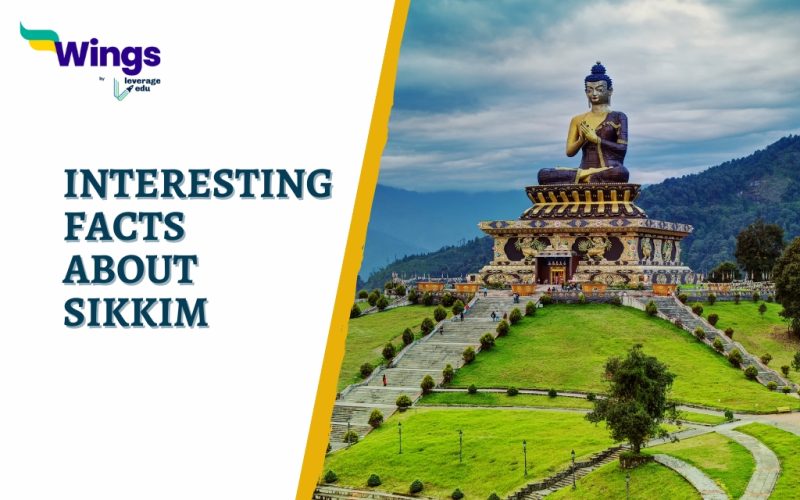India is home to a plethora of cultures with each state having its own unique traditions. Among these, Sikkim is a state in the northeast part of the country surrounded by Nepal, Tibet, and Bhutan. The region is a part of the Himalayas and boasts a striking landscape with the 8,586-meter Kangchenjunga, India’s highest peak. Glaciers, alpine meadows, and various kinds of wildflowers can all be found in Sikkim. Climbing routes lead to mountaintop Buddhist monasteries like the early 1700s Pemayangtse. Let’s get to know some interesting facts about Sikkim to learn what is so unique about this state.
Unknown Fun Facts About Sikkim
- Till the year 1974, Sikkim was considered to be an independent nation.
- It officially became the 22nd state of the country in 1975.
- It is the only state of India where a major part of the population is originally from Nepal.
- The Lepcha and Bhutia are the two other largest ethnic groups in Sikkim.
- Sikkim’s International Film Festival takes place during the summer season of March to May.
- Rhododendron niveum is considered to be the state tree of Sikkim.
- With a strong commitment to sustainability, the state has become the first completely organic state in the world.
- Sikkim has the highest number of glaciers in India.
- This northeast state has the longest-serving chief minister, a noteworthy distinction. The unprecedented 24-year, 165-day reign of Pawan Kumar Chamling serves as an example of this ongoing political stability.
- Sikkim is also considered the cleanest state in India.
- Sikkim follows its own time zone, which is 30 minutes ahead of Indian Standard Time (IST).
- Sikkim’s hot springs, like Reshi, Yumthang, and Ralang are used for medicinal purposes to relieve tension and pain.
- Dalle Khorsani, the hottest chilli in the world, is produced in Sikkim.
- The second-largest producer of cardamom worldwide.
- The Red Panda is the state animal of Sikkim.
- Certain areas of Sikkim, such as Yumthang, Tsomgo Lake, and Nathula, share international borders and hence call for a unique authorization called a Protected Area authorization. Foreign visitors must obtain an Inner Line Permit, granted by the Ministry of Home Affairs, Government of India unless they are Indian citizens to enter the state.
- Every colour of the Tibetan prayer flags represents a specific component. Blue, white, red, green, and yellow represent the sky, air, and earth, respectively. Together, the five colours represent balance.
Hope you had fun reading these interesting facts about Sikkim. If you like reading about facts, you can visit our interesting facts page to read more such blogs.
 One app for all your study abroad needs
One app for all your study abroad needs















 45,000+ students trusted us with their dreams. Take the first step today!
45,000+ students trusted us with their dreams. Take the first step today!
